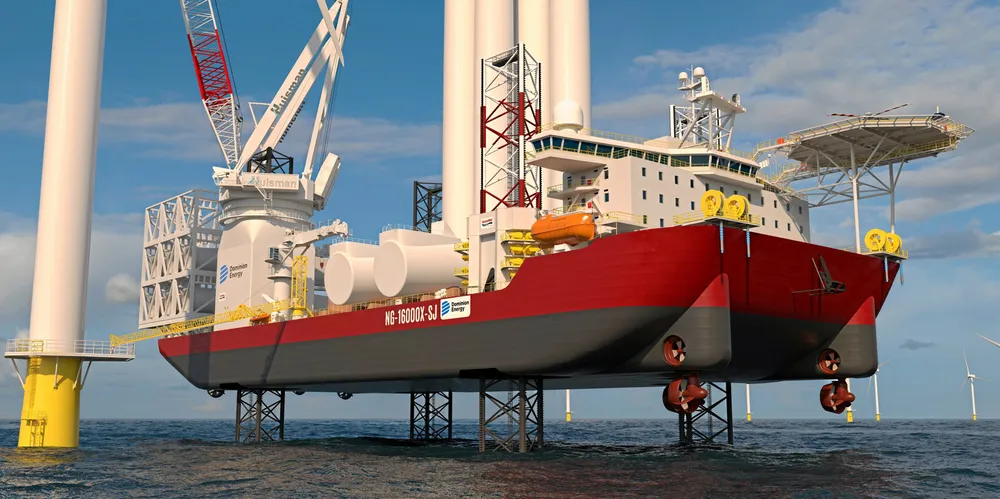'Stake through the heart'| US offshore wind leaders slam House vessel crewing bill
Executives of 24 top corporations assert provision added to Coast Guard authorisation bill could cripple development in America's fastest growing renewable energy sector

Executives of 24 top corporations doing business in the fast-emerging US offshore wind sector sent a letter to Senate leaders urging them to exclude language in the Coast Guard Authorisation Act of 2022 that they assert would potentially cripple the industry.
The electric utility, turbine OEM, project developers, and supply chain executives called on both Democrats and Republicans to reject the language in any future Senate version of the bill that may emerge from deliberations set to begin next month.
“As written, the House maritime crewing provision is an existential threat to the future of offshore wind in the US and the immediate result would be the delay and potential cancelation of the 19 offshore wind projects with power offtake contracts or awards,” said the letter, which was sent to Senate majority leader Charles Schumer of New York and Senate minority leader Mitch McConnell of Kentucky, and the heads of the commerce, science, and transportation committee.
The proposed regulations would complicate this plan by adding ownership and crewing requirements to WTIV, regardless of whether they come into port, according to the executives.
“The crewing provision would serve to block the use of… international specialized offshore vessels when there are currently no US-flagged specialized construction vessels to do the work needed,” the letter said.
“A majority of the vessels used by the offshore wind industry will be made in America and crewed by US mariners,” the corporate leaders noted in the letter.
US-flagged vessels such as CTVs and SVOs, “will have the greatest amount of vessel hours because they will perform all transportation activities between US ports and offshore wind turbines during the approximately 35-year lifetime of the project”.
Congress should replace the provision in the Coast Guard bill with policy incentives to build more US-flagged vessels, the executives stated.
“Ultimately, the offshore wind industry and Congress have the same goal: maximising the number of Americans employed in offshore wind, including mariners. We need reasonable policies and predictable permitting timelines, not impossible mandates that will drive a stake through the heart of the industry before we can get it off the ground,” they said.
The industry has already committed “at least $4bn” to the US economy through vessel builds, workforce training, and supply chain development, said the signatories, who included David Hardy, CEO of Orsted North America, Laura Beane, president of Vestas North America, and Jeff Grybowski, CEO of US Wind.
(Copyright)